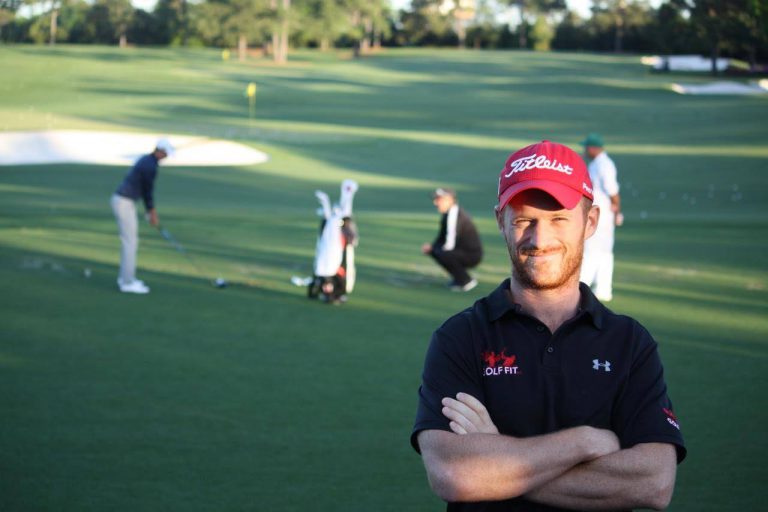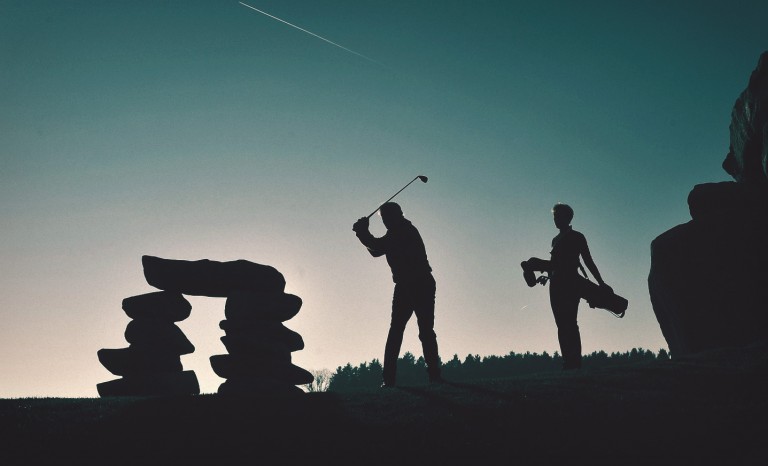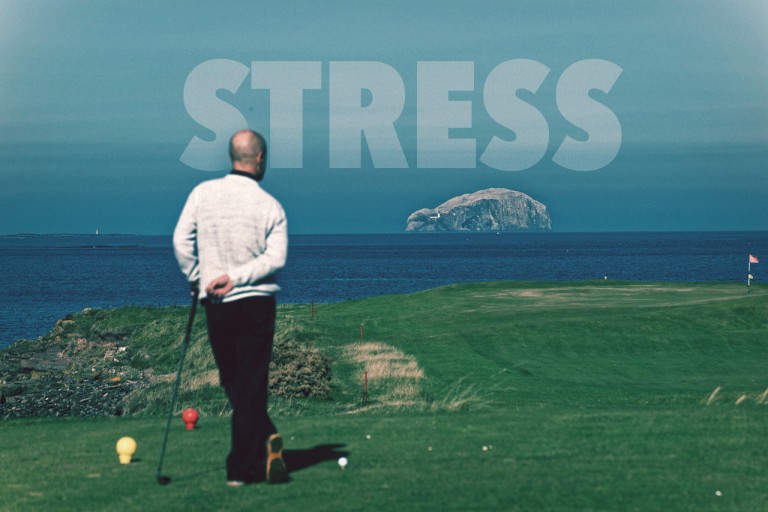In this episode we look at the pressure + center of pressure and how it can be used by coaches and golfers to optimize their performance.
[vc_row][vc_column width=”1/2″ css=”.vc_custom_1489366056001{margin-bottom: -30px !important;}”][vc_btn title=”LISTEN IN ITUNES” align=”center” button_block=”true” link=”url:https%3A%2F%2Fitunes.apple.com%2Fus%2Fpodcast%2Fgolf-science-lab%2Fid1049039619%3Fmt%3D2%26ign-mpt%3Duo%253D4||target:%20_blank|”][/vc_column][vc_column width=”1/2″][vc_btn title=”LISTEN IN GOOGLE PLAY” align=”center” button_block=”true” link=”url:https%3A%2F%2Fplay.google.com%2Fmusic%2Fm%2FIqibmivc622az2cffwftwonz3mm%3Ft%3DGolf_Science_Lab||target:%20_blank|”][/vc_column][/vc_row]
[aesop_chapter title=”Pressure” bgtype=”img” full=”on” img=”http://golfsciencelab.com/wp-content/uploads/2017/02/dj-open.jpg” bgcolor=”#888888″ revealfx=”off”]
Pressure is the amount of vertical force acting over a surface area.
If you took a pen and you applied 10 pounds of force and push that through your hand, it would hurt a lot. But if you took a hammer and pushed it with 10 pounds of force it wouldn’t hurt as much because even though you are applying the same 10 pounds of force, it’s being distributed over a much larger area instead of just the tip of the pen.
Pressure is just a function of force and it just tells you how much area that force is being applied to.
For understanding the swing, I like to work with forces. They’ll tell us how much acceleration is going to be created in all three directions and actually rotations as well. Pressure is actually what people feel.
Going back to the pen versus hammer examples, both times 10 pounds of force is being exerted but one version hurts a lot and one version doesn’t really hurt at all. In golf, when we feel like we’re pushing with one side or the other side, what we typically interpret is that pushing feel is the amount of pressure underneath that foot. So as far as interactive tool, pressure is at least in some ways better than just the force.
From Dr Mike Duffey
[aesop_chapter title=”Pressure VS Weight” bgtype=”img” full=”on” img=”http://golfsciencelab.com/wp-content/uploads/2015/10/padraigharrington.jpg” bgcolor=”#888888″ revealfx=”off”]
A lot of golf teachers have talked about weight shift or said something like “get your weight on your back foot, in the backswing”. We have always used that term weight but biomechanically that is not the correct term.
Weight is basically your body segments and so your form has a mass to it and where your weight is your body segments are located. Let’s say in the downswing have your weight (your body segments) on top of your front foot which means your weight is to the left but if we look at what’s happening between your feet and the ground, the pressure is still to the right.
Pressure is how hard you are pushing down into the ground with each foot and when you’re moving at speed, it may not correlate with where your weight is. You can’t see pressure with your eyes, you can see where people’s weight is, but you can’t see where their pressure is.
It’s a whole different story to have your weight left and your pressure left or to have your weight left and your pressure right. You can’t see pressure with the standard ways of watching golf swings and that’s something golfers and teachers need to start understanding.
From Dr Scott Lynn
[aesop_chapter title=”About our guests” bgtype=”img” full=”on” img=”http://golfsciencelab.com/wp-content/uploads/2016/02/putter.jpg” bgcolor=”#888888″ revealfx=”off”]
Dr Scott Lynn
Dr. Scott K. Lynn, PhD was born in Toronto, Ontario, Canada and has been involved with sport, physical activity and exercise throughout his life. He played on the varsity ice hockey, baseball, golf and football teams during high school and also had a keen interest in science which brought him to Queen’s University in Kingston, Ontatio, Canada to pursue a dual undergraduate degree in both Physical and Health Education (BPHE) and Life Sciences (BSc). During his time at Queen’s he was also a member of the varsity golf, football and lacrosse teams.
Following his playing days, he continued his involvement in varsity athletics as an assistant coach of the men’s and women’s varsity golf teams. After his undergraduate degree, he continued on to do an MSc followed by a PhD in orthopedic biomechanics at Queen’s University.
His research concentrated on examining the mechanical factors that are involved with the development and progression of knee osteoarthritis and how this process may be slowed through exercise and modifications to basic activities of daily living. He then went to the University of Waterloo to do a six month post doctoral fellowship that concentrated on examining whether those with knee osteoarthritis make compensations in their movement patterns that may put their back at an increased risk of injury.
Also, during his doctoral and post-doctoral studies, he worked in several clinical and fitness settings doing exercise prescription for a variety of clients from the frail older adult to the elite athlete.
Dr Mike Duffey
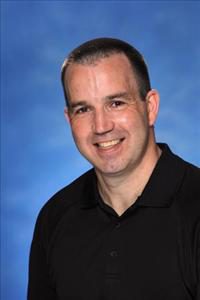 Dr. Mike Duffey is a faculty member in the Department of Kinesiology at Pennsylvania State University and Biomechanist for the Golf Teaching & Research Center (GTRC).
Dr. Mike Duffey is a faculty member in the Department of Kinesiology at Pennsylvania State University and Biomechanist for the Golf Teaching & Research Center (GTRC).
Mike completed his Master’s in Exercise Science at Wake Forest University; his thesis examined how lower body 3D kinematics and ground reaction forces influence running injuries. He completed his PhD in Biomechanics at Penn State where his research focused on upper body kinematics and muscle activity during resistance exercise.
In 2006, Dr. Duffey returned to Penn State University as a faculty member in the Department of Kinesiology and began collaborating with the Professional Golf Management Program. That collaboration has led to the development of the Golf Teaching and Research Center. Dr. Duffey’s roles in the GTRC include detailed swing assessment, instructor education, and conducting research. The research focus of the center is to develop a better understanding of the mechanics of the golf swing with the goals of improving performance at all playing levels as well as reducing the injury in golf.
Links / Resources
Penn State online biomechanics course
This Episode’s Sponsor
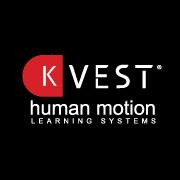 K-VEST is the industry’s only human motion learning system. The all-in-one wireless system that instantaneously measures players’ power signatures and 3D data. The system that assesses player characteristics and generates insightful reports. The system that automatically flows those reports into a powerful coaching and training program builder.
K-VEST is the industry’s only human motion learning system. The all-in-one wireless system that instantaneously measures players’ power signatures and 3D data. The system that assesses player characteristics and generates insightful reports. The system that automatically flows those reports into a powerful coaching and training program builder.
But that’s just the beginning. K-VEST doesn’t only provide you with an extensive library of pre-built training programs and drills, but also with the tools to customize them. And these pre-loaded resources always put real-time auditory and visual feedback front and center—making it possible for clients to feel new movement patterns. Supporting this state-of-the-art wearable technology are turnkey marketing programs that empower professionals to grow their businesses. In fact, it’s everything today’s pro needs to achieve greater success… a human motion learning system.



